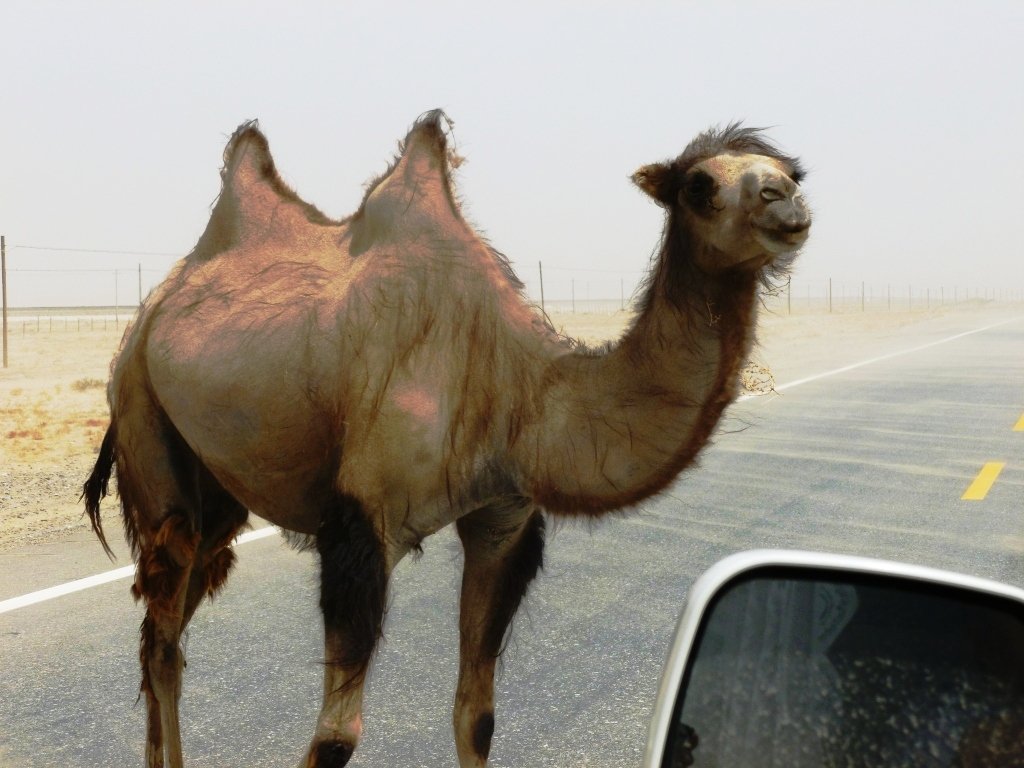It’s a sight so familiar that some barely notice: a flash of fur on the highway’s edge, feathers scattered across the asphalt, or the silent, unmoving form of a deer in the morning mist. Every year, millions of animals meet their end on American roads, victims of a crisis few want to talk about but none can ignore. The roadkill crisis is more than just a sad inconvenience—it’s a collision at the crossroads of wildlife, human ingenuity, and the relentless pace of modern life. With each mile we drive, the story grows more urgent. But what exactly do we know about this hidden tragedy? What are we failing to see, and most importantly, what can we actually do about it? Let’s take a deep dive into the heart of this issue, exploring the science, the heartbreak, and the surprising hope that might yet pave the way for change.
The Scope of the Roadkill Crisis in America
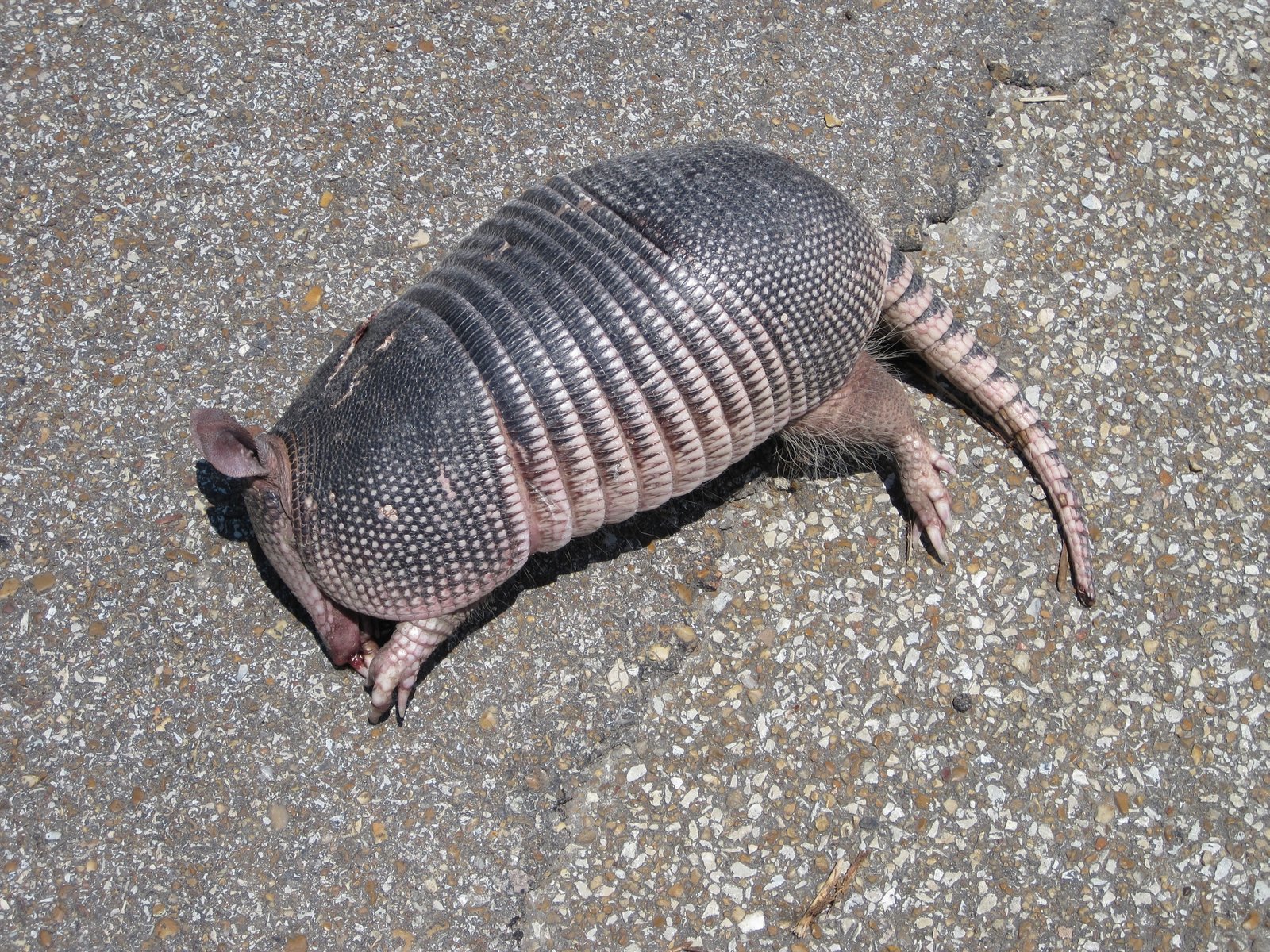
Drive from coast to coast, and you’ll see the evidence: roadkill is a grim, persistent reality stretching across every state. Scientists estimate that over one million vertebrates are killed on U.S. roads every single day—a staggering figure that barely registers in our daily routines. Deer, raccoons, opossums, and squirrels top the list, but birds, amphibians, and even reptiles aren’t spared. Highways cut through habitats, turning migration routes and feeding grounds into deadly obstacles. It’s not just rural roads; suburban and urban areas see their own share of casualties, especially as cities sprawl into once-wild areas. This crisis doesn’t discriminate—no matter the landscape, animals face the same peril when they cross our paths.
Unseen Victims: The Toll on Biodiversity
While large mammals like deer or elk are noticeable casualties, the real scale of loss often hides in plain sight. Small animals—frogs, turtles, snakes—make up a silent majority of victims, their deaths rarely reported or even noticed. For species already teetering on the brink, roadkill can be the final blow. Take the Florida panther, for example: vehicle collisions remain the leading cause of death for this critically endangered cat. Insects and pollinators also fall victim, which can ripple through ecosystems, affecting everything from plant reproduction to bird populations. The loss isn’t just numbers—it’s a blow to the delicate web of life that sustains us all.
Why Animals Cross the Road: Behavior and Biology
It’s almost a joke—“Why did the chicken cross the road?”—but the answer for wildlife is often rooted in instinct and survival. Animals move to find food, mates, or safe nesting grounds. Migration routes that predate highways by centuries now intersect with ribbons of speeding metal. Many species can’t recognize roads as dangerous, especially at night when headlights confuse or blind them. Young animals, inexperienced and curious, face even greater risk. Sometimes, the very things we see as progress—new developments, manicured lawns—become magnets, attracting wildlife closer to roads in search of food or shelter.
The Human Cost: Safety, Property, and Emotional Impact
The crisis isn’t just tragic for animals; it hits humans, too. Collisions with larger animals like deer can cause severe damage, injuries, and even fatalities. Every year, there are more than 200 human deaths and thousands of injuries linked to animal-vehicle collisions in the U.S. Insurance companies estimate billions of dollars in property damage, lost productivity, and healthcare costs. For drivers who care about animals, the emotional toll can be surprisingly heavy—a single accident can leave lasting guilt or trauma. This invisible burden often goes unspoken, but it’s a real part of the roadkill story.
Ecological Consequences: Beyond Individual Deaths
When an animal is killed on the road, the effects ripple outward into the ecosystem. Predators and scavengers are drawn to carcasses, putting them at risk of becoming roadkill themselves—a tragic “secondary mortality” that can devastate local populations. The loss of key species, like pollinators or seed dispersers, can disrupt plant growth and food webs. In some places, repeated roadkill has caused local extinctions, especially for species with small populations or limited ranges. Over time, these losses can alter the landscape itself, changing the very character of forests, fields, and wetlands.
Data Collection: Counting What Matters
For decades, roadkill was barely tracked, dismissed as an unfortunate byproduct of progress. But that’s changing. Scientists and citizen scientists now gather data using everything from smartphone apps to roadside surveys, creating detailed maps of “hotspots” where animals are most at risk. These data help pinpoint trouble areas and measure the effectiveness of solutions. Still, much goes unrecorded—small or scavenged animals, remote roads, and underreported incidents mean the true numbers are likely much higher. Better data is key to understanding, and ultimately solving, the problem.
Technological Solutions: From Fences to Animal Bridges
Innovation offers hope. Across America, wildlife crossings—bridges and tunnels designed specifically for animals—are being built to give safe passage over or under busy roads. Fences and barriers guide animals toward these crossings, reducing fatalities dramatically. In some places, sensors trigger warning lights when animals approach, alerting drivers in real time. These solutions aren’t just dreams; they’ve shown real results, cutting roadkill by up to 90% in certain areas. But they require investment and planning—a challenge in a country with millions of miles of roads.
The Role of Urbanization and Sprawl
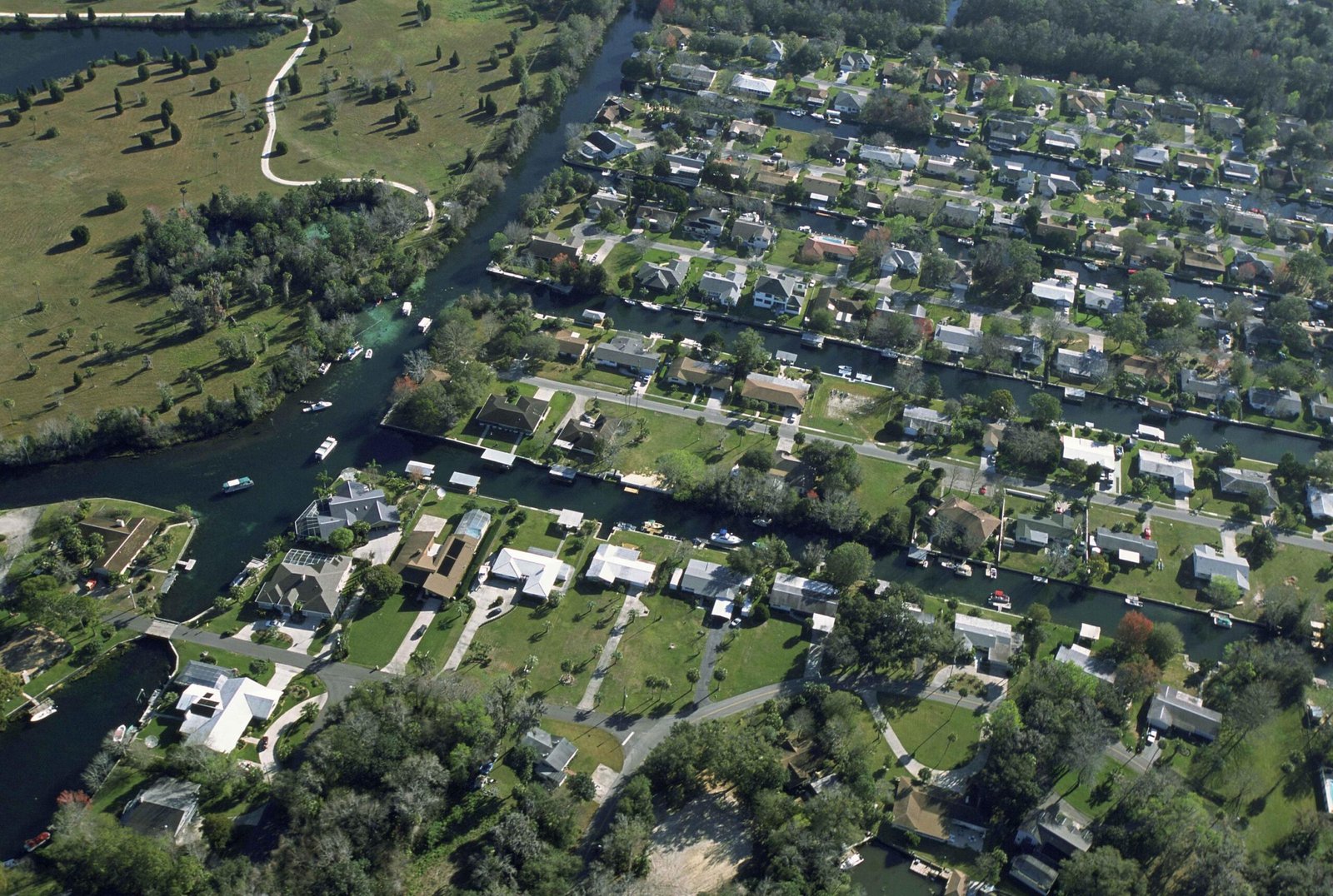
The growth of suburbs and cities has pushed roads deeper into wild habitats, increasing the number of “edge zones” where human and animal worlds collide. New housing developments often fragment landscapes, forcing wildlife to cross roads more frequently in search of food or mates. Even seemingly small changes—like widening a road or adding a new exit ramp—can have outsized impacts. As America grows, so does the risk for wildlife; without thoughtful planning, urban sprawl will only make the roadkill crisis worse.
Climate Change and Shifting Migration Patterns
As climate change alters weather patterns and habitats, animals are on the move like never before. Droughts, floods, and fires push wildlife into new areas, often across busy roads. Migration seasons are shifting, catching drivers and animals off guard. Some species are forced to travel farther for food or water, increasing their exposure to traffic. This new unpredictability complicates efforts to prevent roadkill, demanding flexible solutions that can adapt as quickly as the world is changing.
Lessons from Abroad: International Approaches
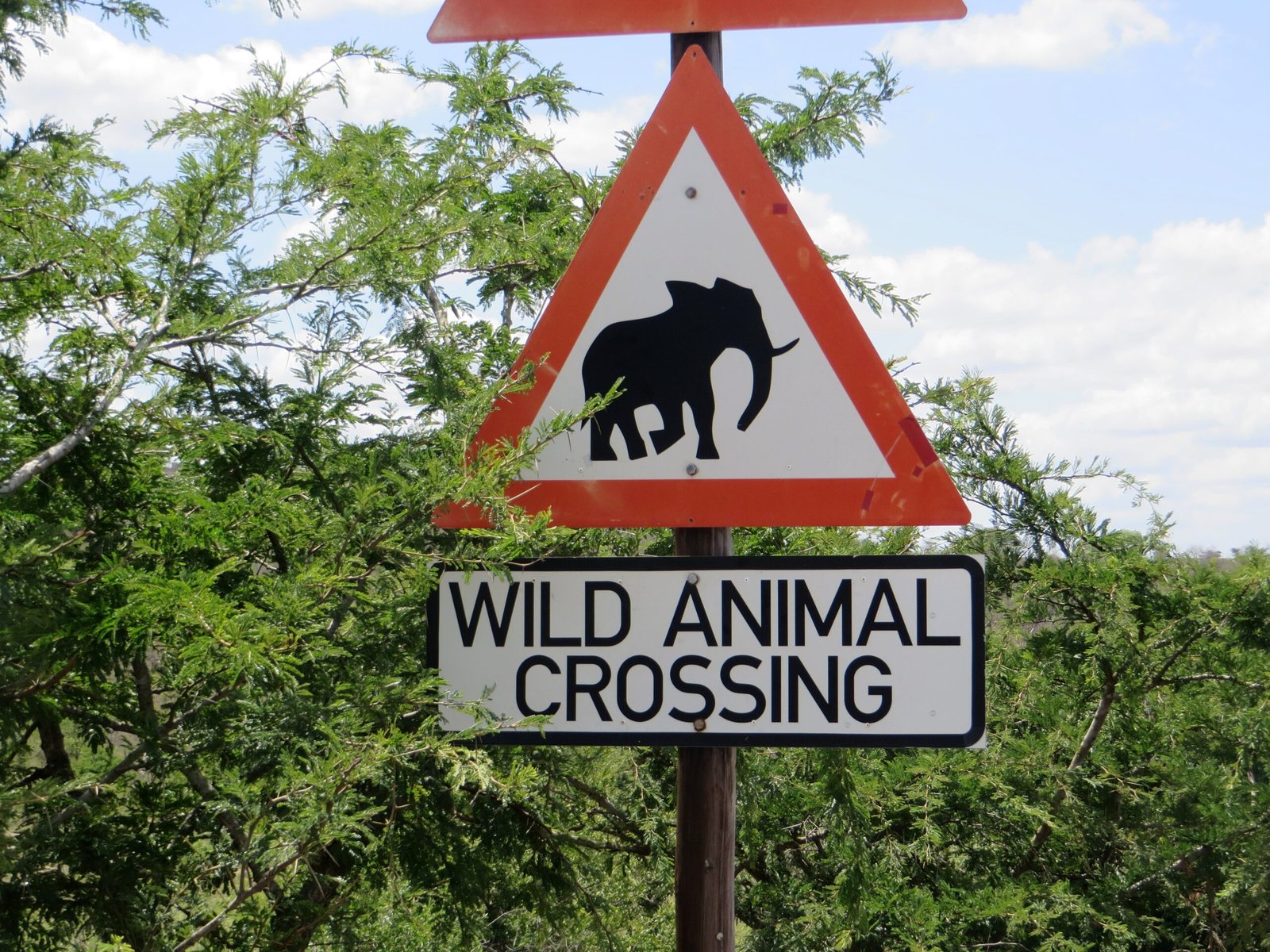
Other countries face similar challenges but sometimes tackle them in creative ways. In the Netherlands and Switzerland, extensive networks of wildlife crossings and underpasses keep animals and cars apart. Australia uses “glider poles” for tree-dwelling mammals, while Canada’s Banff National Park has become a model with its bear-proof overpasses. These examples show that with political will and investment, dramatic reductions in roadkill are possible. America has started to learn from these models, but widespread adoption remains a work in progress.
Citizen Science: Everyday People Making a Difference
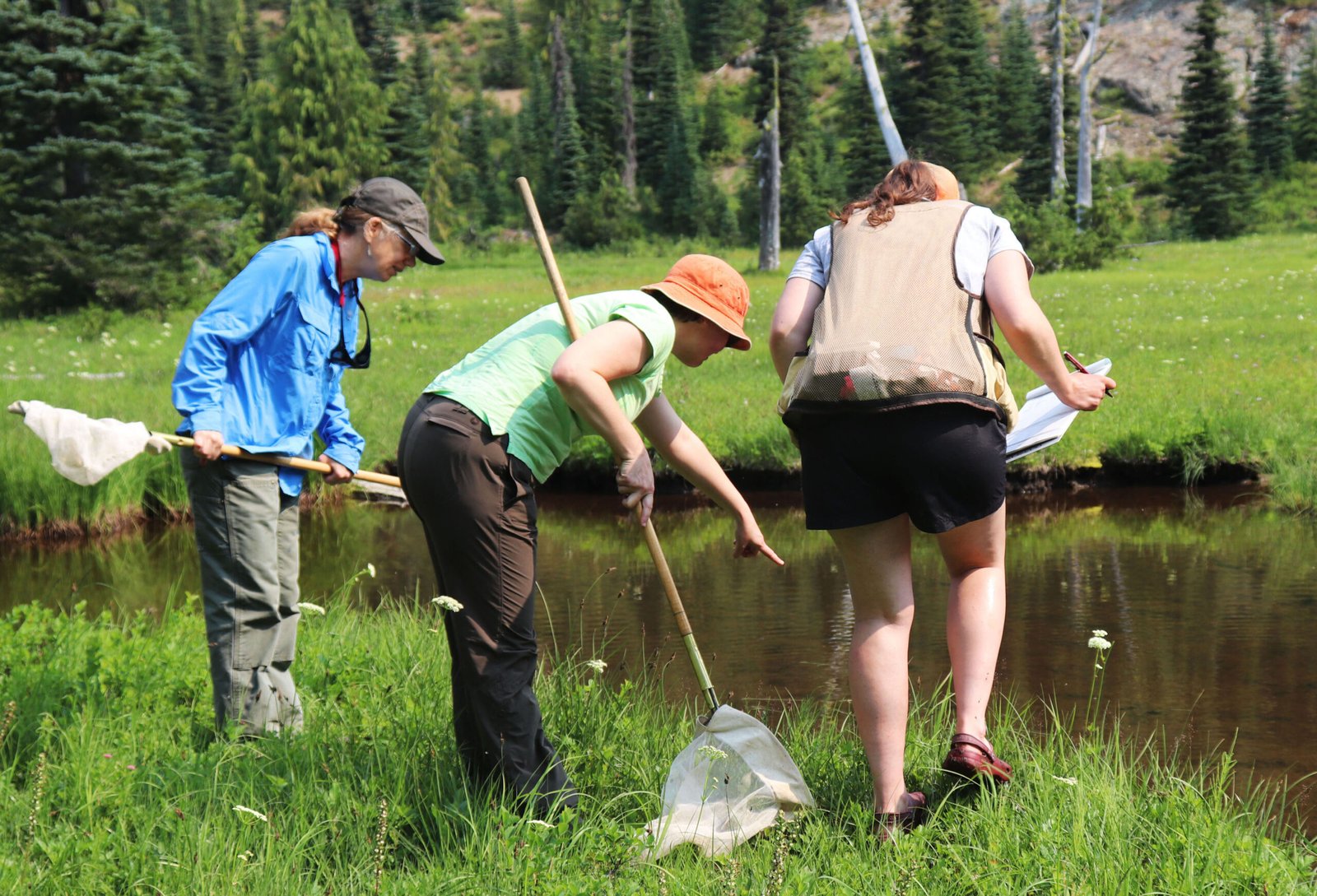
Ordinary citizens are stepping up to fill the gaps in data and awareness. From schoolchildren documenting roadkill on local projects to hobbyists submitting photos and GPS data to national databases, every observation helps build a clearer picture of the crisis. Apps make it easier than ever to contribute, turning a sad sight into a scientific opportunity. Community involvement doesn’t just provide information—it raises awareness, making roadkill a shared concern instead of a silent tragedy.
Wildlife Rehabilitation and Rescue Efforts
Not every animal struck by a car is lost. Across the country, wildlife rehabilitators and rescue organizations work tirelessly to save injured animals. These unsung heroes spring into action after a call from a concerned driver or passerby, providing medical care and, when possible, releasing survivors back into the wild. Their stories offer a ray of hope amid the grim statistics, showing that compassion and determination can sometimes turn tragedy into triumph. Still, the number of animals in need far outpaces the resources available.
Education and Public Awareness Campaigns
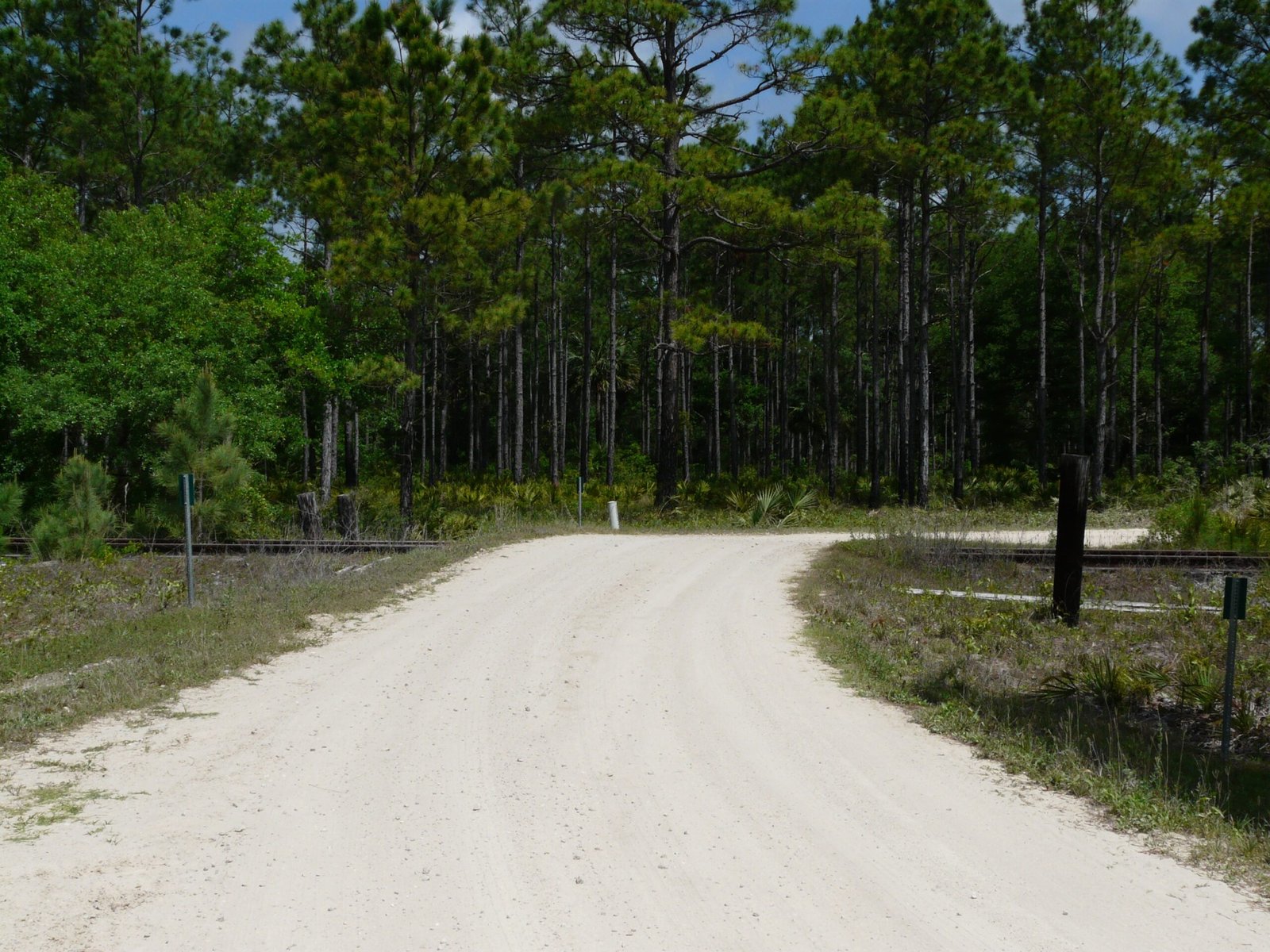
Changing the story of roadkill starts with education. Public campaigns teach drivers to watch for wildlife, especially during peak movement seasons like fall deer migrations or spring frog crossings. Local governments install warning signs at known hotspots, and some schools include road ecology in their science curriculums. The message is simple: awareness saves lives, both animal and human. But reaching every driver, everywhere, remains a monumental challenge.
Policy and Legislation: The Push for Change
Laws and regulations shape the way roads are built and managed. Some states have introduced measures to protect wildlife, from requiring environmental impact assessments for new roads to funding wildlife crossing projects. Federal grants can help pay for research and construction, but political will is often lacking. As public concern grows, advocacy groups are pushing lawmakers to prioritize wildlife-friendly infrastructure, arguing that the benefits go beyond animals to include driver safety and economic savings.
Personal Responsibility: How Drivers Can Help
Every driver can make a difference, often with simple changes. Slowing down at night or in known wildlife areas, using high beams when appropriate, and staying alert for movement at the roadside all reduce the risk of collisions. Some people volunteer to move turtles or frogs across roads during migration seasons, while others support conservation groups with time or donations. Small acts, repeated by millions, can add up to real change.
The Road Ahead: Imagining a Future with Fewer Collisions
Imagine a world where highways no longer spell doom for wildlife—a place where animals and people share the landscape without tragedy. Advances in technology, policy, and public awareness can help bring this vision closer to reality. But it will take commitment, creativity, and a willingness to see the roads we travel not as barriers, but as bridges to a better relationship with the natural world. The American roadkill crisis isn’t just an environmental issue—it’s a test of our compassion, ingenuity, and resolve.

Jan loves Wildlife and Animals and is one of the founders of Animals Around The Globe. He holds an MSc in Finance & Economics and is a passionate PADI Open Water Diver. His favorite animals are Mountain Gorillas, Tigers, and Great White Sharks. He lived in South Africa, Germany, the USA, Ireland, Italy, China, and Australia. Before AATG, Jan worked for Google, Axel Springer, BMW and others.

